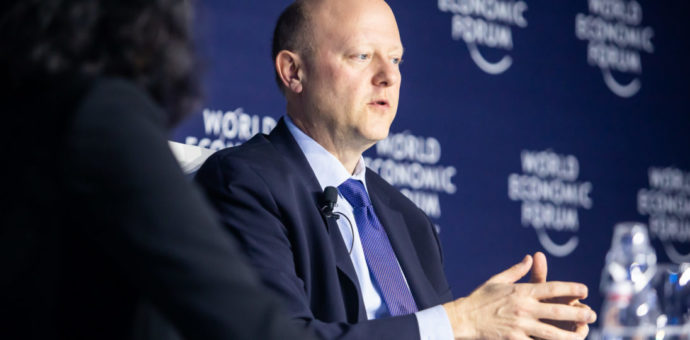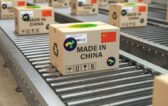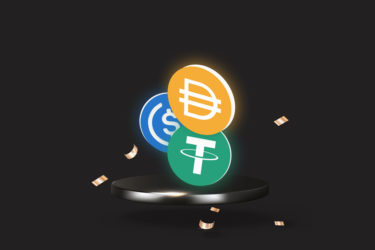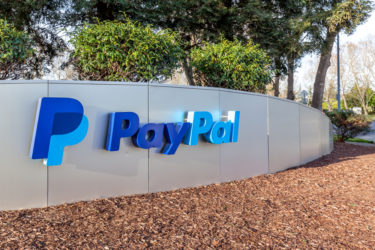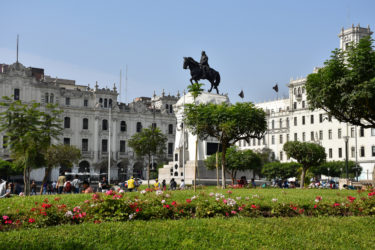The stablecoins will play a key role in tokenizing assets – transforming assets in tokens into a blockchain – according to the CEO and founder of Circle Internet Financial, Jeremy Allaire. The executive participated on Tuesday (21/01) of the session “From tokenized assets to a tokenized economy”, during the World Economic Forum in Davos, Switzerland.
According to him, the stablecoins will fulfill a role of connecting holders to token issuers. “For example, a farmer in India who tokenizes his harvest will have to accept a stablecoin so that the token holder can trade it for fiat money”, he says.
Asset tokenization will democratize the access to investments worldwide. He compared this technology to what marketplaces like E-bay did with the sale of products globally or app transport companies that instantly connected passengers and drivers in the same location.
The director of the Digital Currency Initiative at the Massachusetts Institute of Technology (MIT) Media Lab, Neha Narula, moved in the same direction. She added that tokenization extends access to assets faster and cheaper and 24/7 through existing exchanges.
A farmer in India who tokenizes his harvest will have to accept a stablecoin so that the token holder can exchange it for fiat money.
“A farmer in India who tokenizes his harvest will have to accept a stablecoin so that the token holder can trade it for fiat money”
Regulation is path to security tokens
The gold, dollar and art works were some of the examples of assets that can be tokenized. An innovative example mentioned was the tokenization of carbon credits, which are assets that can be traded and have value with regards to complying with the emission reduction targets within the clean development mechanism (CDM).
In the area of stock markets, although buying the sale of securities is possible at the global level, they are still limited to a small number of companies in relation to the whole. In this sense, the tokenization of securities also expands the access of both companies and investors to this market.
For the MIT researcher, the challenge to ensure the transition to a tokenized economy is regarding regulation. For example, you must ensure that these digital assets are in fact tied to physical assets.

